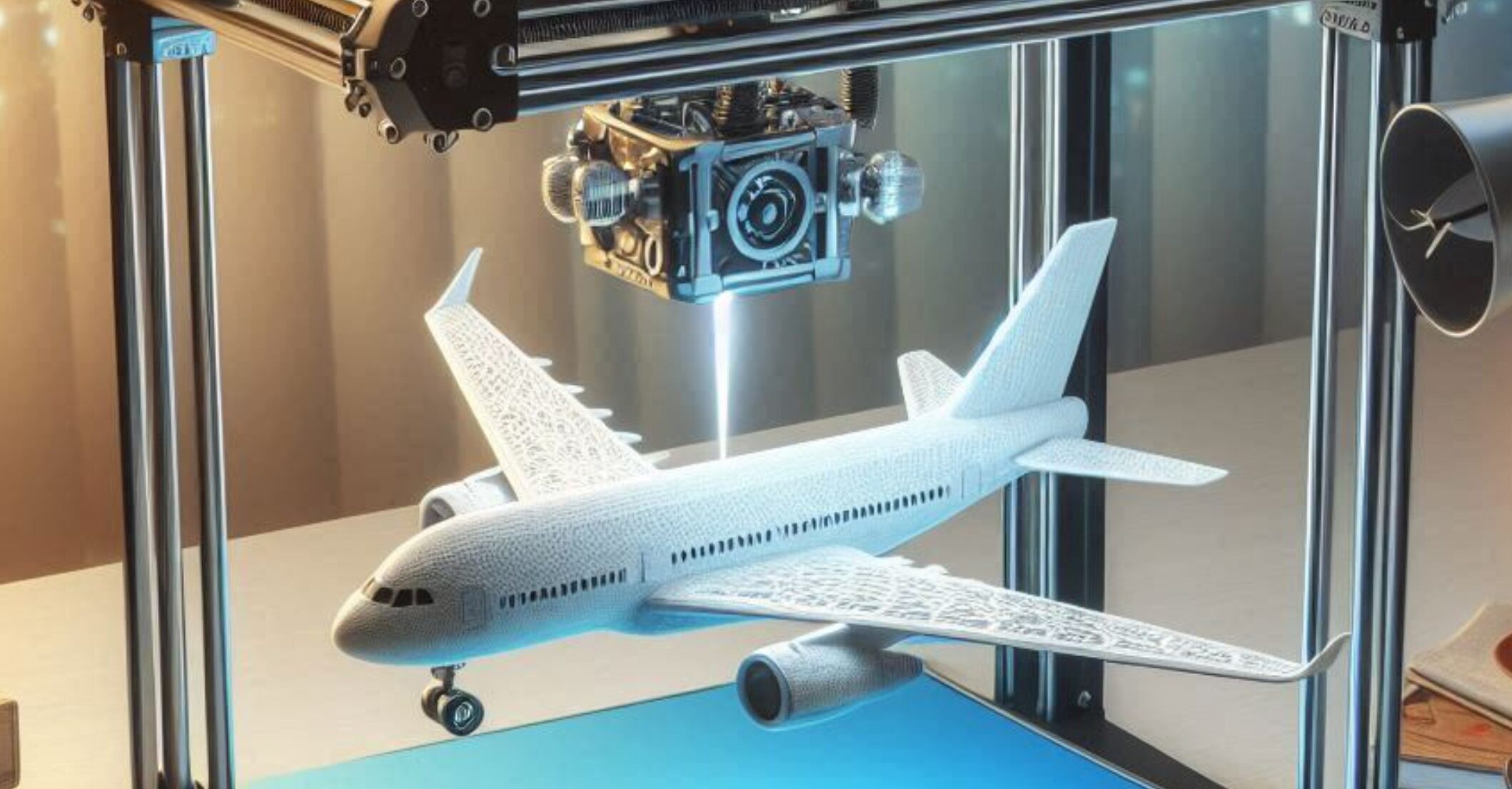3D printing is not a new technology. It has been around since the 1980s. However, it has evolved tremendously in the last 10 years as a technology capable of creating intricate and complex products for some important industries. Among the materials gaining popularity in 3D printing is ceramics.
The ceramic 3D printing market was worth USD 284 million in 2024. By 2033, it’s projected to reach USD 2,721.29 million, with an annual growth rate of 28.52% from 2025 to 2033.
Understanding the growth spurt of 3D ceramic printing
3D printing or additive manufacturing is the technique that creates products by adding layer upon layer of ceramics. It helps in manufacturing very precise printed parts that can be the size of just a few micrometres, or as large as a few metres. This range of customizability has attracted several industries that require the fabrication of sophisticated designs.
In the current scenario, the aerospace, defence, healthcare, and automotive industries are driving the demand for ceramic manufacturing. Ceramics are highly efficient materials that can endure extreme conditions. The high standard requirements of the aerospace sector such as materials resistant to high heat, abrasion, and oxidation, have proven 3D ceramic printing to be a need in this industry.
Why 3D ceramic printing is taking off in aerospace
There are several advantages of 3D printed ceramics that set them apart from traditional manufacturing techniques. Here are some of the benefits that this promising technology provides:
- Precision and Design Flexibility: Precision and accuracy are the USPs of 3D ceramic printing, as even a small defect can lead to the complete failure of the part and thereby, the application. 3D printing allows companies to make intricate, high-precision designs that do not sacrifice quality. This opens up possibilities for complex geometries, custom components, and one-of-a-kind designs which traditional manufacturing can’t achieve.
- Heat Resistance and Durability: Longevity is an important factor in the context of aerospace. The environments are very demanding and need materials that won’t have to be replaced frequently. Apart from being inherently strong and durable, ceramics can withstand extreme temperatures, high stresses and sudden fluctuations, which makes it a suitable material for aerospace and industrial applications.
- Sustainable and Cost-Effective Production: With every industry being aware of its carbon footprint, companies are now prompted to explore 3D ceramic printing as a greener manufacturing alternative because, it reduces material waste, speeds up production, and lowers costs by eliminating moulds and tooling. In comparison to conventional manufacturing methods, through this companies can reduce their lead times, as 3D printing allows for design iterations and makes custom parts for any requirement.
Why aerospace needs 3D printing for high-performance ceramic components
Manufacturing ceramic components with highly intricate shapes has become extremely challenging without additive manufacturing. For example, the cooling channels of turbine blades have become too complex to be machined and therefore the ceramic cores used to create these internal cavities in turbine blades need to be 3D printed. These 3D printed ceramic cores are critical in manufacturing complex castings of aircraft engine turbine blades and vanes.
Beyond intricate designs, aerospace components must handle extreme conditions, like shielding a hot and running airplane engine from damaging other parts; therefore, choosing the right material is critical. Advanced ceramics like aluminum oxide, silicon nitride, silicon carbide, and zirconia are highly favoured as they have exceptional properties important to aerospace manufacturing like a high strength-to-weight ratio, thermal and electrical insulation, and durability.
Aluminum oxide is widely used in spacecraft electronics for its excellent insulation and thermal properties. Silicon carbide and silicon nitride, known for their toughness and heat resistance, are ideal for turbine blades and engine parts. With 3D printing, these ceramics will produce components that maintain their strength, improve efficiency, and reduce material waste.
How are Indian materials science companies advancing additive manufacturing for Aerospace?
There has been a significant advancement in 3D printing technologies for aerospace applications as aerospace and defence hold more than 37% of the volume share in the industry. This share is suspected to increase substantially till 2033. Many materials science companies have facilitated this rapid growth through their expertise in research and development, design, and engineering and helped produce best-in-class products.
This feat was achieved through extensive R&D efforts and partnerships with aerospace manufacturers. It is imperative to ensure that the materials and technologies developed meet the strict requirements of the industry and are benchmarked globally.
In the Indian context, collaborations between domestic aerospace organisations and materials science companies can lead to the development of indigenous manufacturing capabilities in the 3D printing of advanced ceramics. This will reduce India’s dependence on imports and encourage innovation within the country.
Future Prospects of 3D Printing in Aerospace
The future of 3D printing in aerospace is ready to see newer advancements, with ongoing research focusing on developing new materials and refining manufacturing processes. The integration of artificial intelligence and machine learning into the design and manufacturing processes is being explored to optimise component performance and reduce production times.
With India’s aerospace industry growing under the Make in India initiatives, we can expect to see increased investment in advanced 3D ceramic printing technologies to strengthen its position in the global aerospace market.

